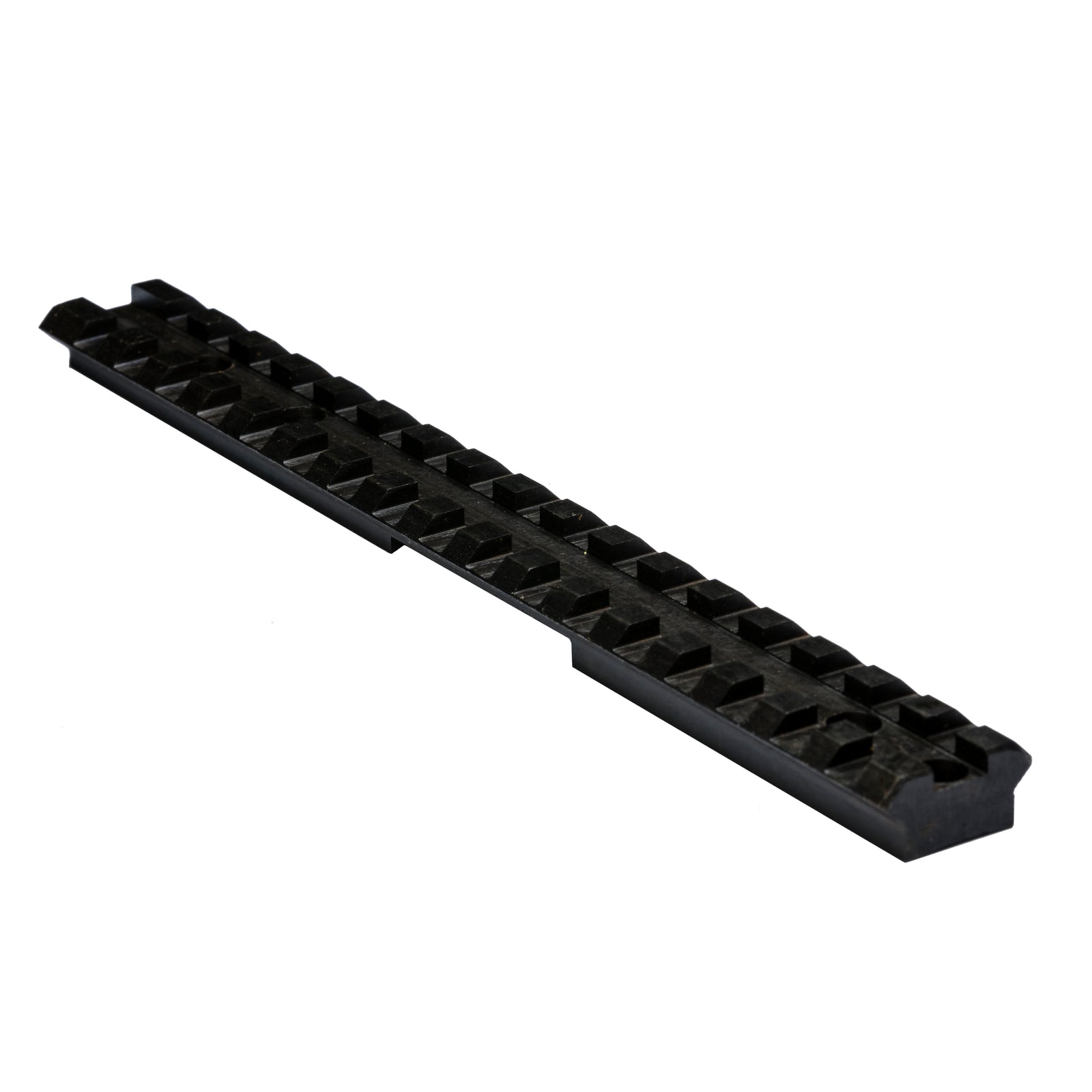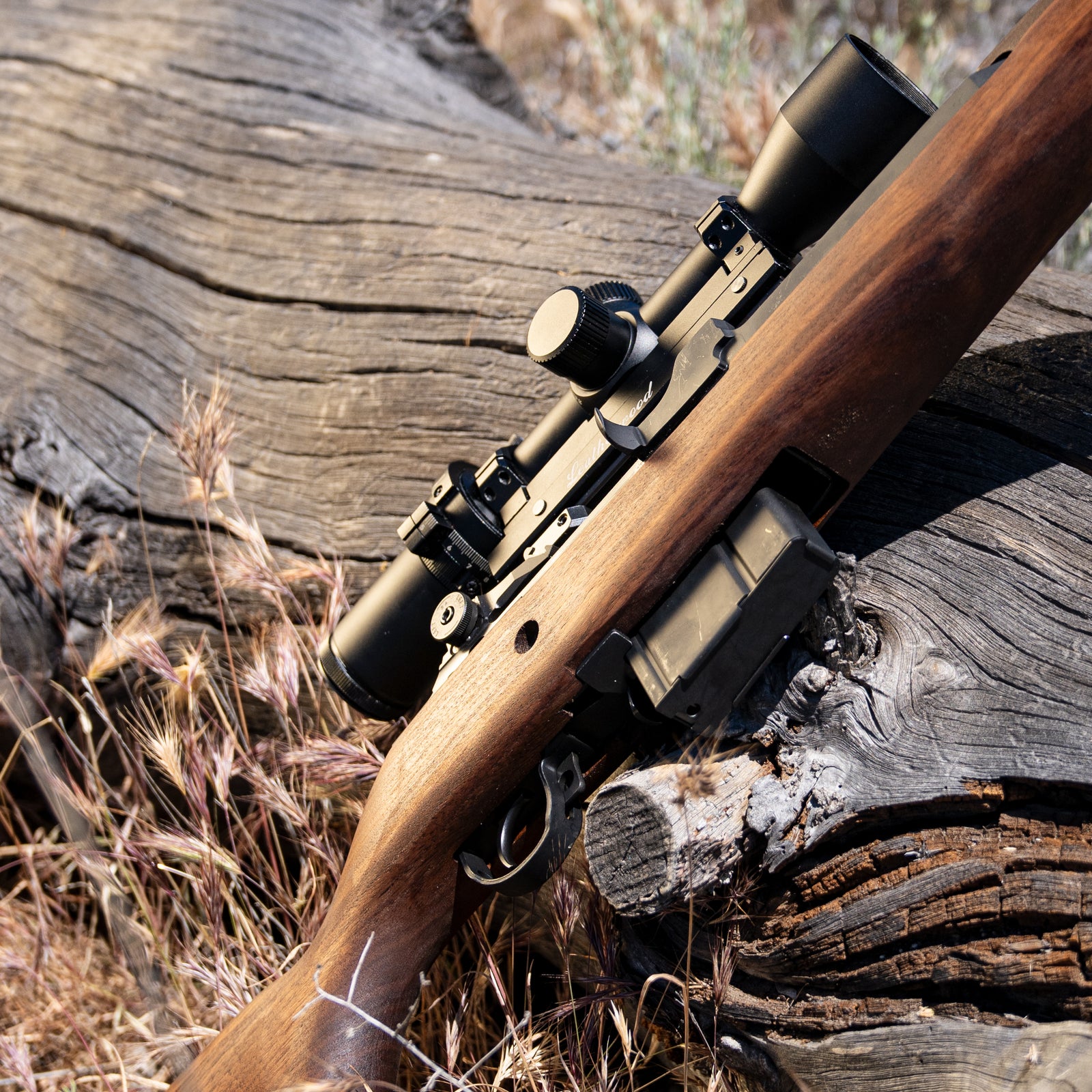Picatinny. The Pic Rail. MIL-STD 1913. Known by a few names and used on more than a few weapons platforms, the ubiquitous Picatinny Rail has made itself quite comfortable across an ever-expanding list of firearms and accessories. How did such a thing come to be?
The story, as I’ve come to learn, is simpler and shorter than I could have ever expected.
After the somewhat widespread adoption of Unertl’s mounting blocks, the Weaver mounting system became popular. For all of the Weaver System’s popularity, it had a few drawbacks. The spacing on the blocks was never standardized. The positions of the blocks on a rifle might allow one scope to fit, though that same scope might not fit on another rifle with differently spaced blocks. This posed a problem for its widespread adoption by the military.
In the 1980s, an engineer at Picatinny Arsenal (New Jersey) started working on a more standardized version of the Weaver system. It had to have regular spacing and compatibility with Weaver-compatible rings. Rings (and other accessories) designed for the new system did not need to be backward compatible with Weaver systems. The irregular spacing of the channels would prevent that.
Gary Houtsma’s design would eventually be coined the MIL-STD 1913. It was adopted by the various branches of military in 1995, and has since become a standard found across most firearms and a wide swathe of accessories.
As it turns out, that was the whole story. Boiling it down, there are only a few key points to how this industry standard came to be:
- The Weaver system was popular, but problematic
- Designs were made and testing was done to make a more standardized replacement
- The replacement was accepted
30 years later, and the capability of the design has ensured its continued use.
Thus ends the tale of the Picatinny Rail.





Leave a comment (all fields required)